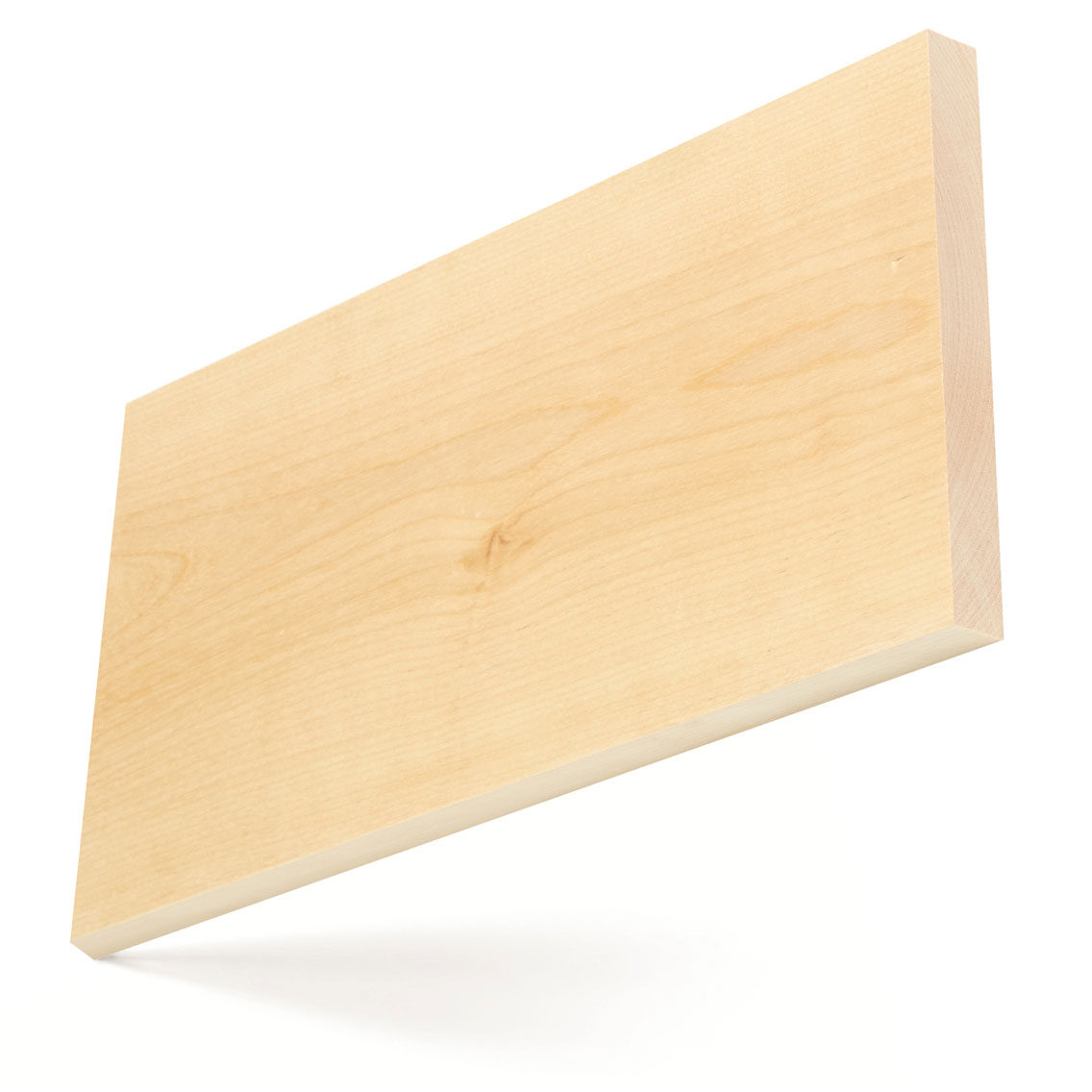American yellow birch
Latin Name
Betula alleghaniensis
Other Common Names
N/A

Positioning Statement
American yellow birch is one of a large group of species and is commercially the best of its group grown sustainably with a wide distribution, preferring cool regions with high rainfall.
Forest Distribution
American yellow birch trees are generally not too large in this pioneer species that can be overgrown by climax species, such as maple. Definitely a northern, cold climate tree, yellow birch is medium sized with a medium diameter although larger trees can grow infrequently. Yellow birch should not be confused with paper birch, which is softer in texture and lighter in colour with scattered brown flecks.
FOREST GROWTH
Forest Inventory Analysis (FIA) data shows U.S. yellow birch growing stock is 541 million m3, 3.7% of total U.S. hardwood growing stock. American yellow birch is growing 7.09 million m3 per year while the harvest is 4.8 million m3 per year. The net volume (after harvest) is increasing 2.28 million m3 each year. U.S. yellow birch growth exceeds harvest in most of the main producing states including Maine, New Hampshire, New York, Pennsylvania and Vermont.
LCA Tool
seconds
Material Availability
Birch from the USA is available in limited volumes as sawn lumber unselected for colour but more limited in sizes and grades if red heartwood or white sapwood is specified. When selected for colour FAS grade will allow 5 inch minimum width. Refer to NHLA Grading Rules for colour sorting specifications. Birch is more likely to be available in thinner sizes 4/4” (25.4mm) & 5/4” (32mm). Veneer may also be available from specialist suppliers.
Wood Description
The wood of yellow birch has a distinct difference between the sap which is white and the heartwood which is light reddish brown. The wood is generally straight grained with a fine uniform texture.
Mechanical Properties
Birch is heavy, hard and strong. It has very good wood bending qualities with good crushing strength and shock resistance.
-
0.62
Specific Gravity (12% M.C.)
689 kg/m3
Average Weight (12% M.C.)
13.40%
Average Volume Shrinkage (Green to 6% M.C.)
114.457 MPa
Modulus of Rupture
13,859 MPa
Modulus of Elasticity
56.332 MPa
Compressive strength (parallel to grain)
5,604 N
Hardness
Oiled / Un-Oiled Appearance


Performance
- Birch machines fairly easily and works well with care, including turning and takes stains and polish extremely well. It nails and screws satisfactorily where pre-boring is recommended. It dries rather slowly with little degrade, but has a moderately high shrinkage, so may move in performance.
- The wood is non-resistant to heartwood decay but is moderately resistance to preservative treatment and the sapwood is permeable.
Main Uses
American yellow birch, growing sustainably in the natural forests in the USA, is used for some furniture and joinery, such as doors and interior panelling and kitchen cabinets.